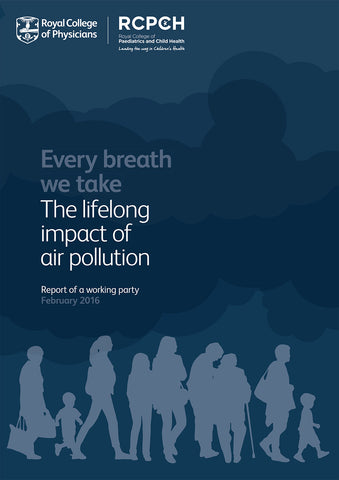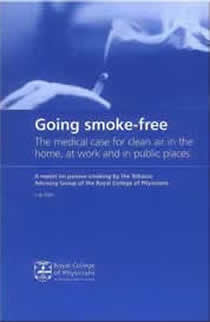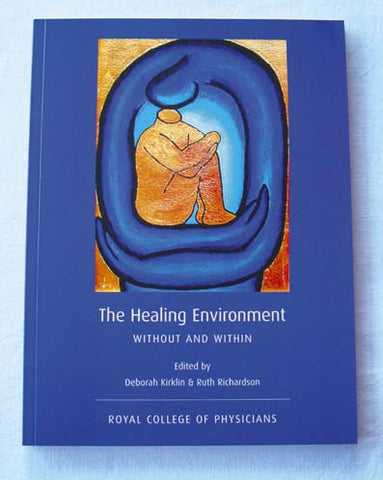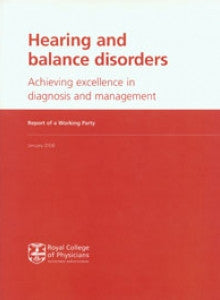Cigarette smoking is powerfully addictive, and caused 100 million deaths in the 20th century. In the 21st century, if smoking trends persist as expected, one billion people will die from smoking tobacco. All of these deaths are preventable.
The Royal College of Physicians first called for radical policies to reduce the prevalence of smoking in 1962. Several of the policies recommended have since become validated, established international practice. However those measures, then and now, do not address the problem of smokers who cannot quit. The majority of the 150 million deaths from smoking expected worldwide in the next twenty years will occur in people who are smoking today. These people need help.
Compiled by leading experts in the field, this report makes the case for harm reduction strategies to protect smokers. It demonstrates that smokers smoke predominantly for nicotine, that nicotine itself is not especially hazardous, and that if nicotine could be provided in a form that is acceptable and effective as a cigarette substitute, millions of lives could be saved.
Harm reduction is a fundamental component of many aspects of medicine and indeed everyday life, yet for some reason effective harm reduction principles have not been applied to tobacco smoking. This report makes the case for radical reform to the way that nicotine products are regulated and used in society. The ideas presented are controversial, and challenge many current and entrenched views in medicine and public health. The principles behind them have the potential to save millions of lives. They deserve consideration.
The report, which is available to purchase or download as a pdf, should be read by health professionals in all areas but particularly medicine and public health, by politicians, civil servants and tobacco control advocates.






